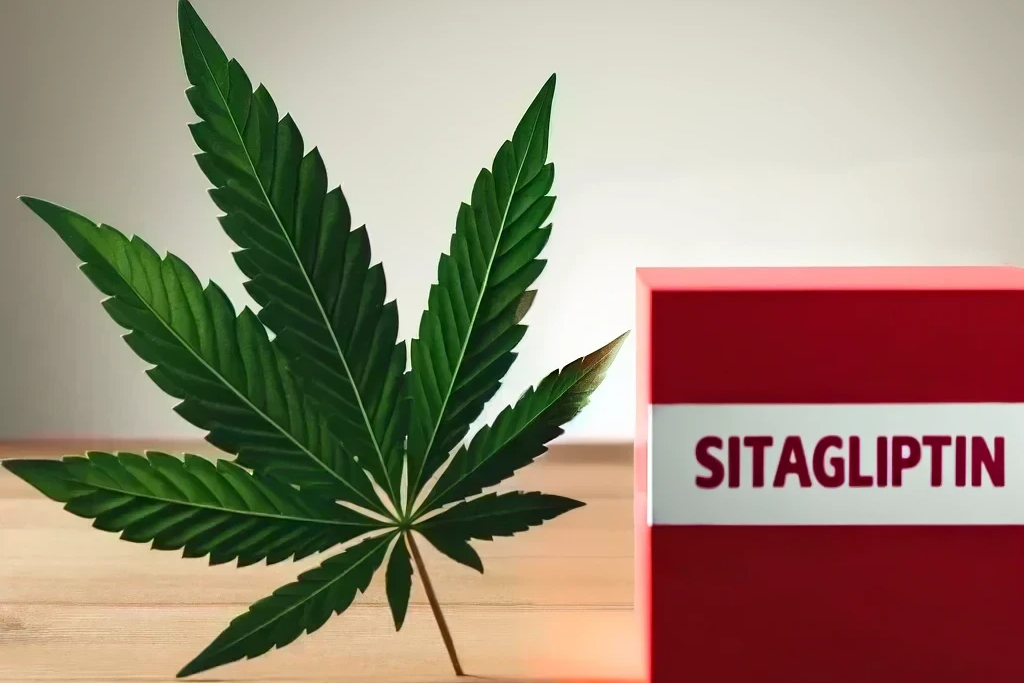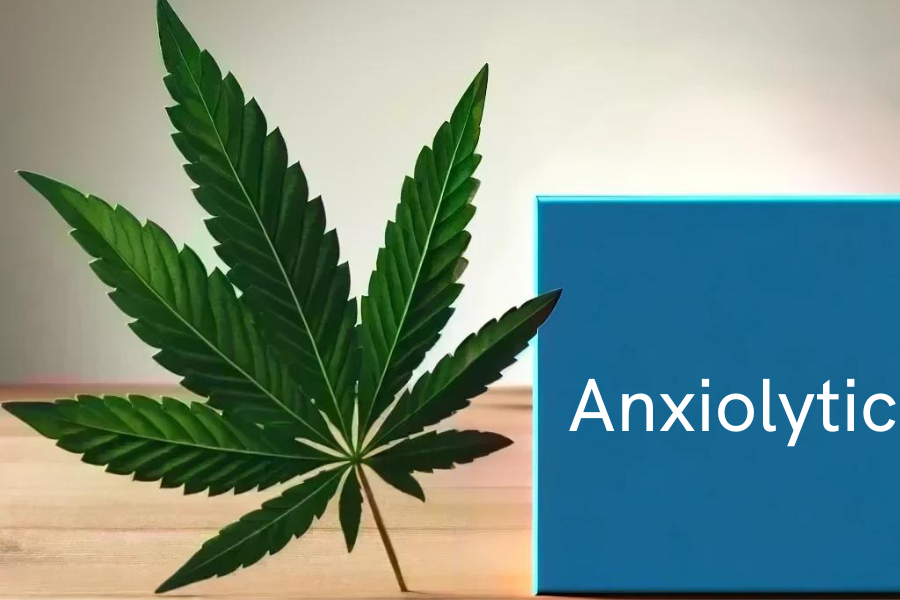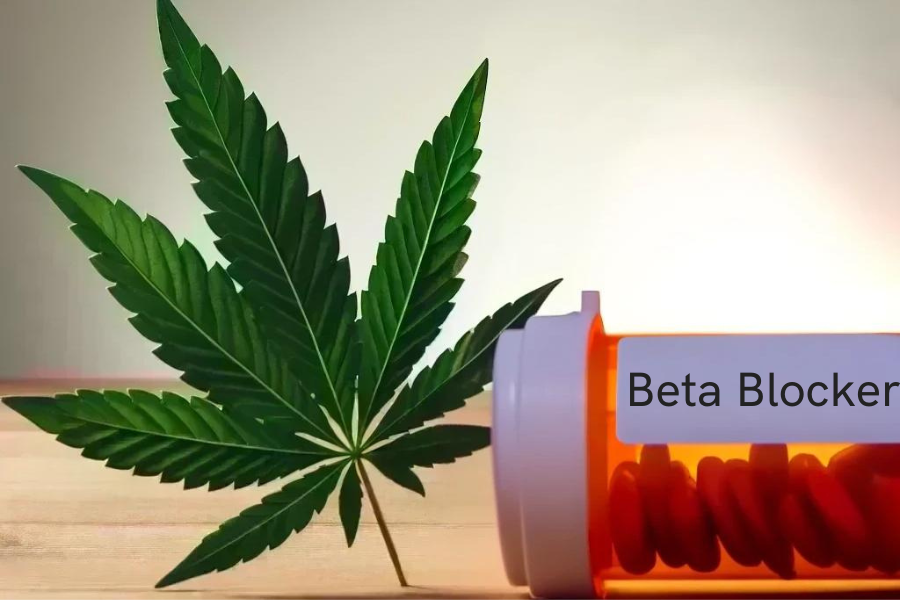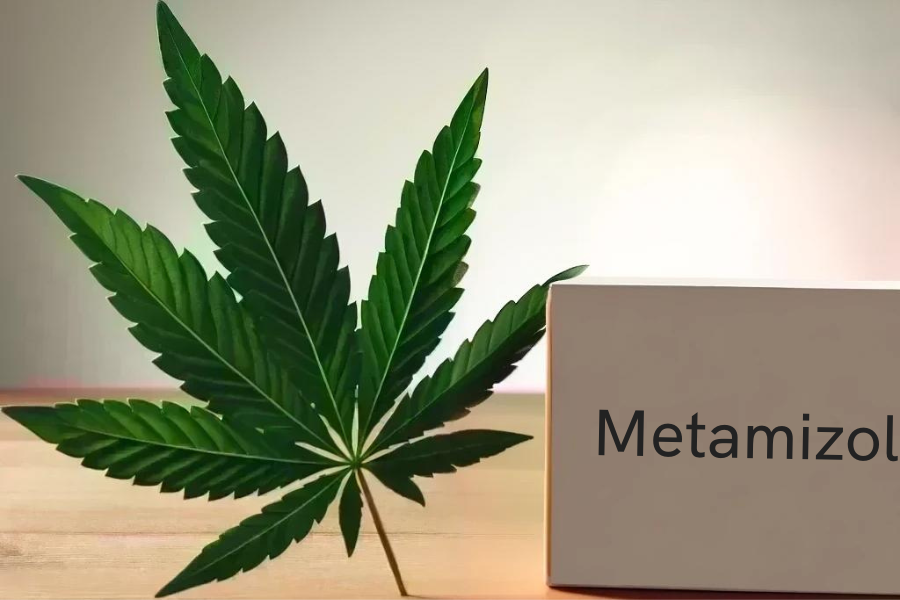Understanding the intricate relationship between cannabis, or marijuana, and commonly used pharmaceutical drugs like Sitagliptin, is vital for medical professionals and individuals. This article aims at shedding light on the potential interactions between these two substances, presenting evidence-backed information. It’s worth mentioning that this information should not replace personalized medical guidance. Readers are highly advised to consult with a healthcare provider for personalized medical advice.
Overview of Cannabis
Commonly known as marijuana, cannabis is a plant that contains over a hundred different chemicals, referred to as cannabinoids. The two most significant cannabinoids are Delta-9-tetrahydrocannabinol (THC) and cannabidiol (CBD). THC causes the “high” people associate with marijuana, while CBD is non-psychoactive but has noted health benefits. From a medical perspective, cannabis has demonstrated usefulness in managing pain, controlling seizures, and alleviating conditions like PTSD and multiple sclerosis.
Overview of Sitagliptin
Sitagliptin, marketed under the names Januvia and Xelevia, is a type of prescription drug designated for managing blood sugar levels. It’s part of a broader group of medicines called DPP-4 inhibitors. By inhibiting the DPP-4 enzyme, Sitagliptin promotes increased levels of insulin after eating, useful in treating Type 2 diabetes.
Potential Interactions
The physiological interaction of cannabis and Sitagliptin stems primarily from their distinctive metabolic pathways. Cannabis is metabolized via cytochrome P450 (CYP450), a group of enzymes in the liver. Sitagliptin, however, does not significantly inhibit or induce CYP450 enzymes. Thus, the theoretical risk of interaction is limited. Still, conclusive scientific evidence directly addressing the interaction between cannabis and Sitagliptin is scarce. Due to the complex and idiosyncratic nature of how our bodies respond to substance combinations, unpredictable reactions can occur.
Risks and Warnings
Mixing cannabis and Sitagliptin could amplify the risk of hypoglycemia (low blood sugar). Those at increased risk include older adults, people on multiple medications, and individuals with multiple medical conditions. The concurrent use of these substances should be initiated cautiously and closely monitored for any significant adverse effects.
Recommendations
Healthcare consultation should be prioritized before combining the use of cannabis and Sitagliptin. It is vital to be vigilant about potential adverse reactions and maintain open communication with your healthcare provider regarding any unusual symptoms. At this point, no well-established dosage adjustments exist for this combination. More research is necessary to establish safe use parameters.
Conclusion
This article highlights potential interactions, risk factors, and recommendations concerning cannabis and Sitagliptin. As scientific studies advance, a clearer understanding of these substances’ interactions will emerge. In the meantime, consulting medical professionals before any combined usage is compulsory.
References and Further Reading
- Interaction of cannabinoids with the human cytochrome P450 enzyme system
- The effect of multiple doses of sitagliptin on the steady-state pharmacokinetics of TBC
- Cannabis and its therapeutic potential
Frequently Asked Questions
- Can I consume cannabis while under a Sitagliptin prescription?
- What should I do if I experience any adverse effects?





